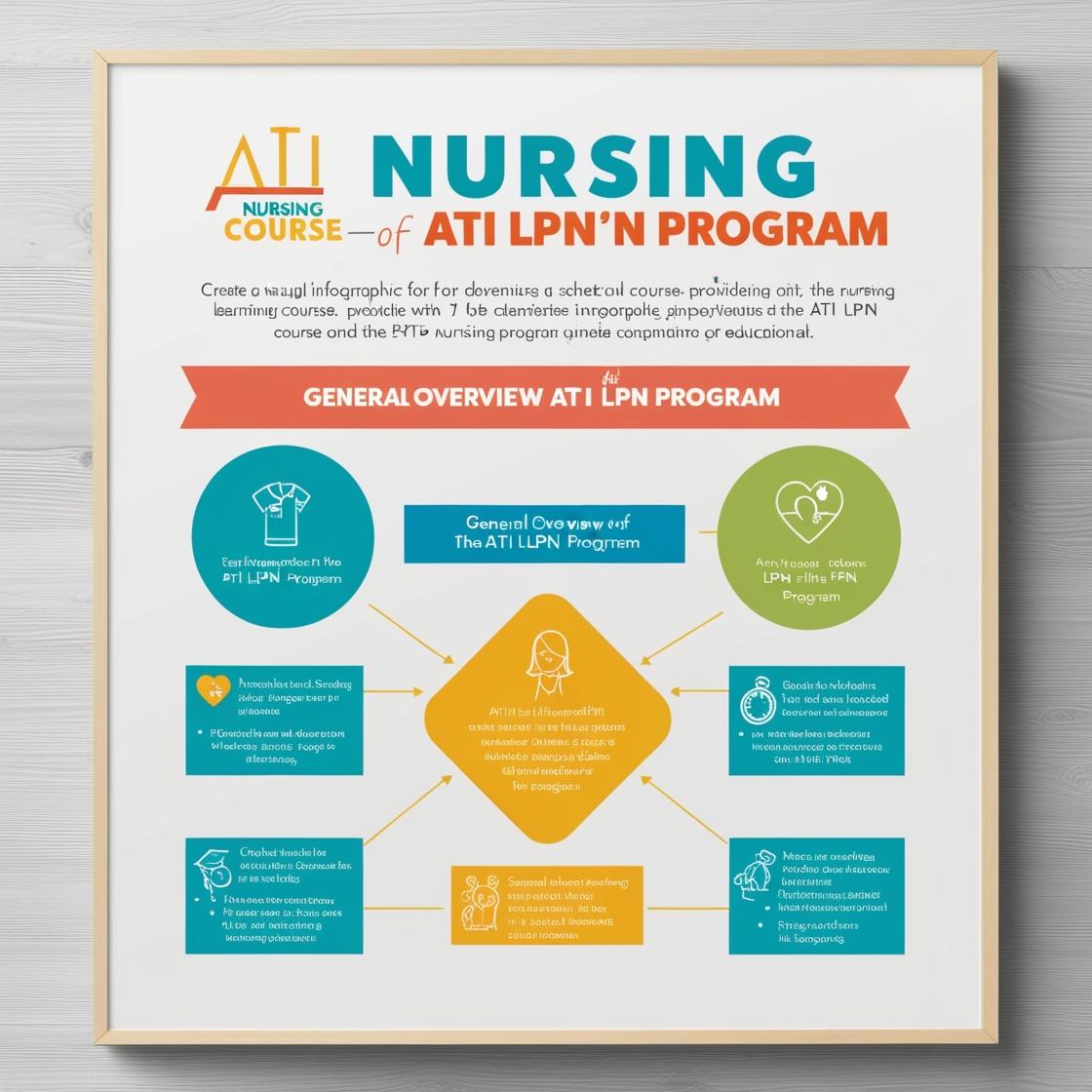LPN LPN
ATI NCLEX PN Predictor Test
1. Which instruction should be emphasized for a client with diabetes being discharged?
- A. Check blood sugar once daily
- B. Take insulin before meals as prescribed
- C. Monitor glucose levels weekly
- D. Eat carbohydrate-rich meals to maintain glucose levels
Correct answer: B
Rationale: The correct answer is to 'Take insulin before meals as prescribed' because it is crucial for managing blood glucose levels effectively in clients with diabetes. Insulin helps the body utilize glucose from the food consumed, preventing high blood sugar levels. Checking blood sugar once daily (Choice A) may not be sufficient for proper management, as blood sugar levels can fluctuate throughout the day. Monitoring glucose levels weekly (Choice C) is too infrequent and may lead to missed opportunities for timely intervention. Eating carbohydrate-rich meals to maintain glucose levels (Choice D) is not appropriate advice, as it can cause rapid spikes in blood sugar levels, especially without the proper insulin dosage.
2. A nurse is reviewing the plan of care for a client who is postoperative following a hip replacement. Which of the following interventions should the nurse implement to prevent venous thromboembolism?
- A. Instruct the client to perform ankle pumps
- B. Administer anticoagulant therapy as prescribed
- C. Maintain the client in a prone position
- D. Encourage the client to ambulate as tolerated
Correct answer: B
Rationale: The correct intervention to prevent venous thromboembolism in a postoperative client following hip replacement is to administer anticoagulant therapy as prescribed. Anticoagulants help prevent blood clots from forming. Instructing the client to perform ankle pumps helps prevent blood clots by promoting circulation. Maintaining the client in a prone position can increase the risk of venous stasis and thrombus formation. Encouraging the client to ambulate as tolerated also helps prevent venous thromboembolism by promoting blood flow and preventing stasis.
3. How should a healthcare provider respond to a patient experiencing acute chest pain?
- A. Administer prescribed nitroglycerin
- B. Provide oxygen
- C. Call for emergency assistance
- D. Reassure the patient
Correct answer: A
Rationale: In the case of a patient experiencing acute chest pain, the initial response should include administering prescribed nitroglycerin. Nitroglycerin helps dilate blood vessels and improve blood flow to the heart, which can be beneficial in managing chest pain related to cardiac issues. Providing oxygen can also be helpful to support oxygenation. However, the priority in this scenario is to address the potential cardiac cause by administering nitroglycerin. Calling for emergency assistance is crucial if the patient's condition does not improve or deteriorates. Reassuring the patient is essential for emotional support but should not be the primary intervention in the case of acute chest pain.
4. A nurse is caring for a client who has bipolar disorder and is experiencing acute mania. Which of the following findings is the nurse's priority?
- A. Increased speech
- B. Lack of sleep
- C. Agitation
- D. Poor concentration
Correct answer: B
Rationale: The correct answer is lack of sleep (choice B). In acute mania, lack of sleep can exacerbate symptoms, lead to exhaustion, and pose serious risks to the client's well-being. Addressing the client's sleep deprivation is a priority as it can impact their overall health and recovery. Increased speech (choice A) and agitation (choice C) are common in acute mania but do not pose immediate physical risks like lack of sleep. Poor concentration (choice D) is also a symptom of acute mania but addressing sleep deprivation takes precedence due to its severe consequences.
5. A nurse is teaching a client who has Parkinson's disease about dietary modifications. Which of the following instructions should the nurse include?
- A. Eat high-protein, high-calorie meals
- B. Drink milk with every meal
- C. Avoid foods high in carbohydrates
- D. Drink carbonated beverages with meals
Correct answer: A
Rationale: The correct answer is A: 'Eat high-protein, high-calorie meals.' Individuals with Parkinson's disease benefit from consuming high-protein, high-calorie meals to help maintain muscle mass and energy levels. This dietary modification is important in managing the symptoms of Parkinson's disease. Choice B is incorrect because there is no specific requirement for drinking milk with every meal for individuals with Parkinson's disease. Choice C is incorrect as carbohydrates are also essential for a balanced diet and should not be completely avoided. Choice D is incorrect as carbonated beverages may interfere with the absorption of nutrients from food and are not recommended for individuals with Parkinson's disease.
Similar Questions

Access More Features
ATI LPN Basic
$69.99/ 30 days
- 50,000 Questions with answers
- All ATI courses Coverage
- 30 days access @ $69.99
ATI LPN Premium
$149.99/ 90 days
- 50,000 Questions with answers
- All ATI courses Coverage
- 30 days access @ $149.99
